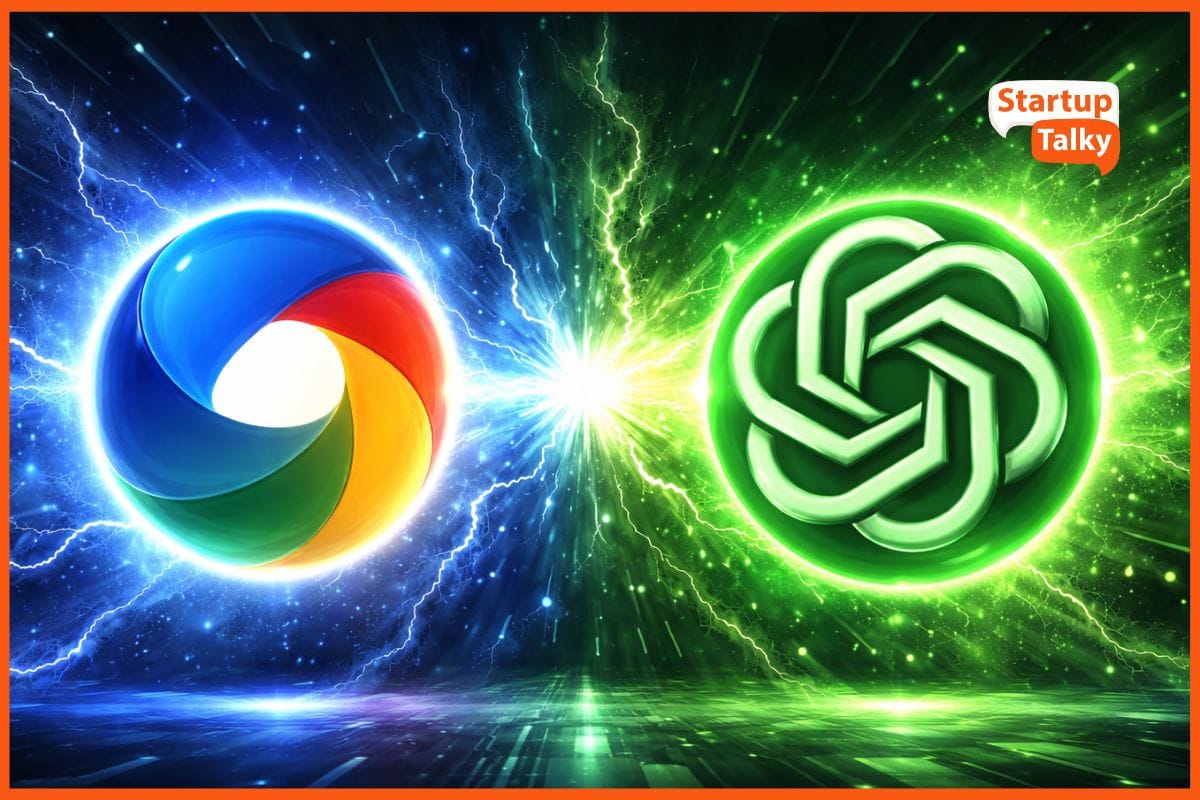Email Writing for Awareness Stage
💻 SaaS
With customer retention in general, there are a few key ingredients you need for success:
- A deep understanding of your customer
- The ability to provide exceptional customer support
- Loyalty rewards
Now, these three ingredients aren’t the only thing you’ll need—after all—you still need a product that stands out from the rest. So how can you actually get your product to stand out from the rest?
Interestingly enough, you can use email to not only tackle all three areas mentioned above, but to also get your product to stand out through continued interaction with customers.
Even in a heavily crowded market or industry, the companies that reach out consistently are the ones who give their customers top-of-mind awareness of the brand. Retention emails an easy way to remind customers that you exist and provide value to them. They can make all the difference to get your product to stand out from the competition and ultimately close more business.

Before I get into how to use emails for customer retention, let me explain why email works so well in the first place.
- It helps you improve communication with your customers
- It’s a cost-effective way to stay in touch
- It’s easy to use and can be set up to run on autopilot
Now, we will see how to write emails for the first stage of SaaS cycle i.e. Awareness.
Also read:
- What is Drip Email Campaign?
- How to Design Drip Email Campaign?
- Tools to Help You Boost Team Collaboration
Activation or welcome email
Welcome emails have some of the highest engagement stats of any sequence. It's the perfect opportunity for you to set the tone of your relationship and establish your brand in a favorable light. First impressions count for a lot! When it comes to customer retention, it’s essential that you start the relationship off on the right foot. This really sets the tone for your new partnership.
One of the best ways to do just that is by using a Welcome or Activation email. With this, you’re introducing your customer to your brand and giving them that warm welcome they’d receive if they were in person. Plus, you can (and should) also use this important message as a chance to guide your new customer into taking their next step—using your product!

This next example also captures the warm and friendly tone you want with these emails:

Again, we’re greeted with an eye-catching image and a big welcome message. You also see a message that sounds just as if the person was right in front of us thanks to the phrase “We’re glad you’re with us.” On top of that, you’ll notice that Lumosity also makes use of social proof: “You’ve just joined a global community of 85 million.”
Farmers Insurance, for example, launched its 15 Seconds of Smart campaign: short, 15-second videos educating their audience on insurance opportunities - while being wildly entertaining. These snackable bits of content were delightful, shareable, and educational all at once.

Creating a conversational and warm welcome email is a must; but you should also consider adding in the very next step you’d like your customers to take. This helps them engage with your brand right away and gives them more guidance on what to do from there. First impressions count. A lot. Therefore, if a subscriber signs up to something, whether it is to receive future blog posts or a series of email tips, it makes sense to thank them and welcome them.
By doing nothing, you make it difficult to create a strong impression. Whether you use auto-responders or send the emails manually, welcoming new subscribers to your company email list is a great way to build a strong relationship from the beginning. In the email, make sure you introduce yourself and company. You can also provide helpful links to content such as most popular blog posts or white papers, or links to your social media profiles. When to send: Each time you get a new subscriber.
Relevant read:
Activation follow up email
Lumosity follows up their welcome email with another one that explains a little bit more about the product.

This time, you see things like:
- How the app works?
- What areas of the brain will be challenged?
- How many games you can play?
- And how you can monitor your score
With this email, they’re helping new customers dive right into everything they have to offer. But they’re doing so in easy-to-digest bite-sized chunks. You’ll notice this in the way they’ve used different colors for each section and only a short 2-3 sentence description. What’s nice about breaking up this email into two parts is that you never overwhelm your new customer. Instead, you offer them just enough info to get them started.Consider breaking up your welcome and next steps emails into two different ones. By doing this, you can keep everything simple without overwhelming your new customers. Example provided by SumAll.

When SumAll acquired Flutter, a tool that helps businesses grow their Twitter following, one of the first things they did was inform their subscriber list. In doing so, they were able to create new interest in their product offering. So, for prospects that were not sure whether SumAll was the right fit for their business, announcing this kind of news is likely to have a more positive impact.
You can implement it whenever you have news to share, such as winning an award, changes to product offering or new pricing options, for example, announce this news to your subscriber list. You can either include all of the company news within the email or itself, or link the email to a landing page. When to send: Each time you have news to share.
Must read:
Conclusion
The role of email as a measurable, cost-effective marketing channel is clear. Backed up by both professional opinion and industry statistics, email has an important value for businesses in creating sales, leads and revenue, and retaining customers. So, learn how to engage with customers during awareness stage and apply it to your business. This will help you to grow your business and get loyal customers. What do you think about the article? Please let us know in the comments section.
Must have tools for startups - Recommended by StartupTalky
- Convert Visitors into Leads- SeizeLead
- Website Builder SquareSpace
- Manage your business Smoothly Google Business Suite





